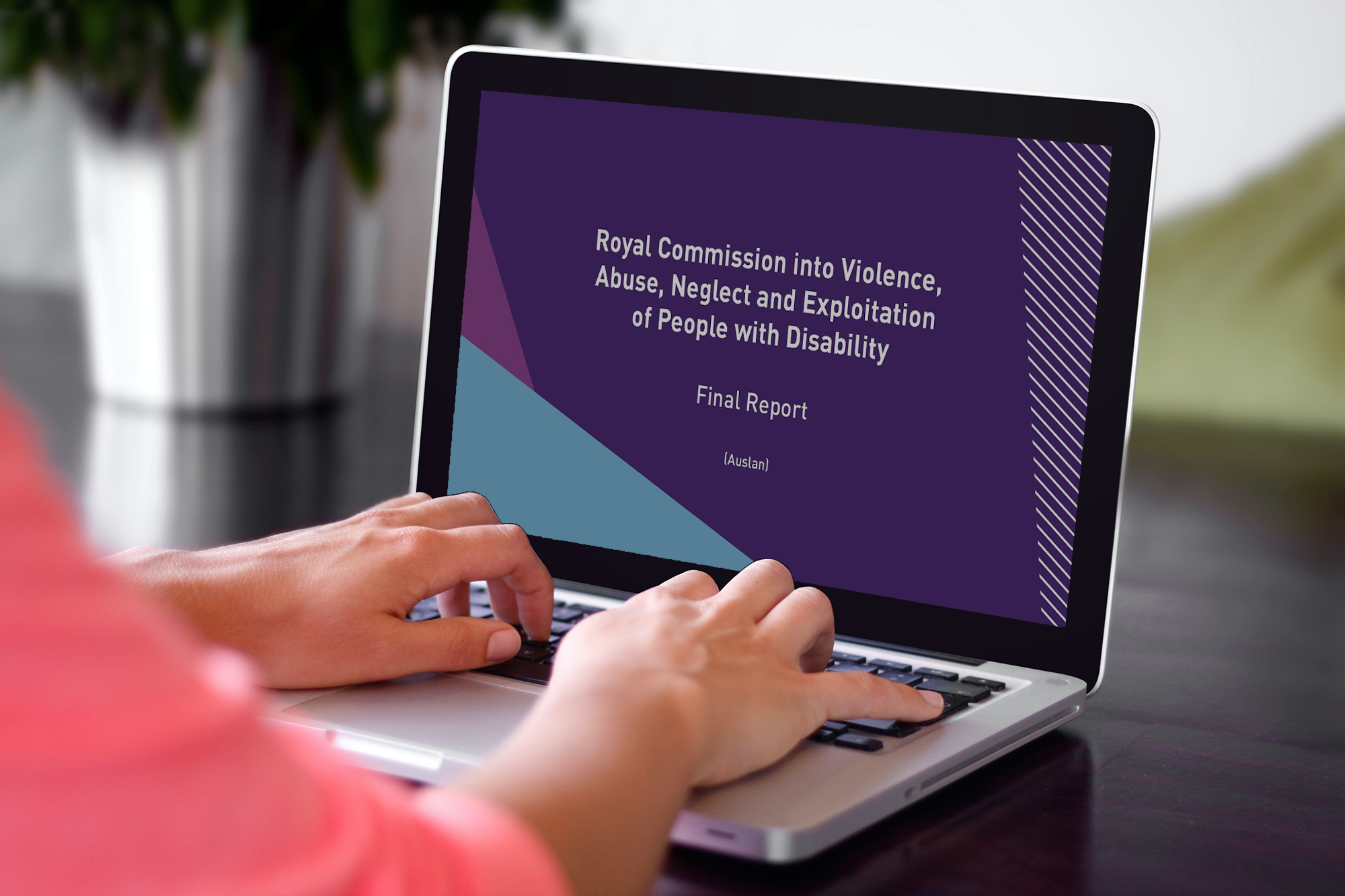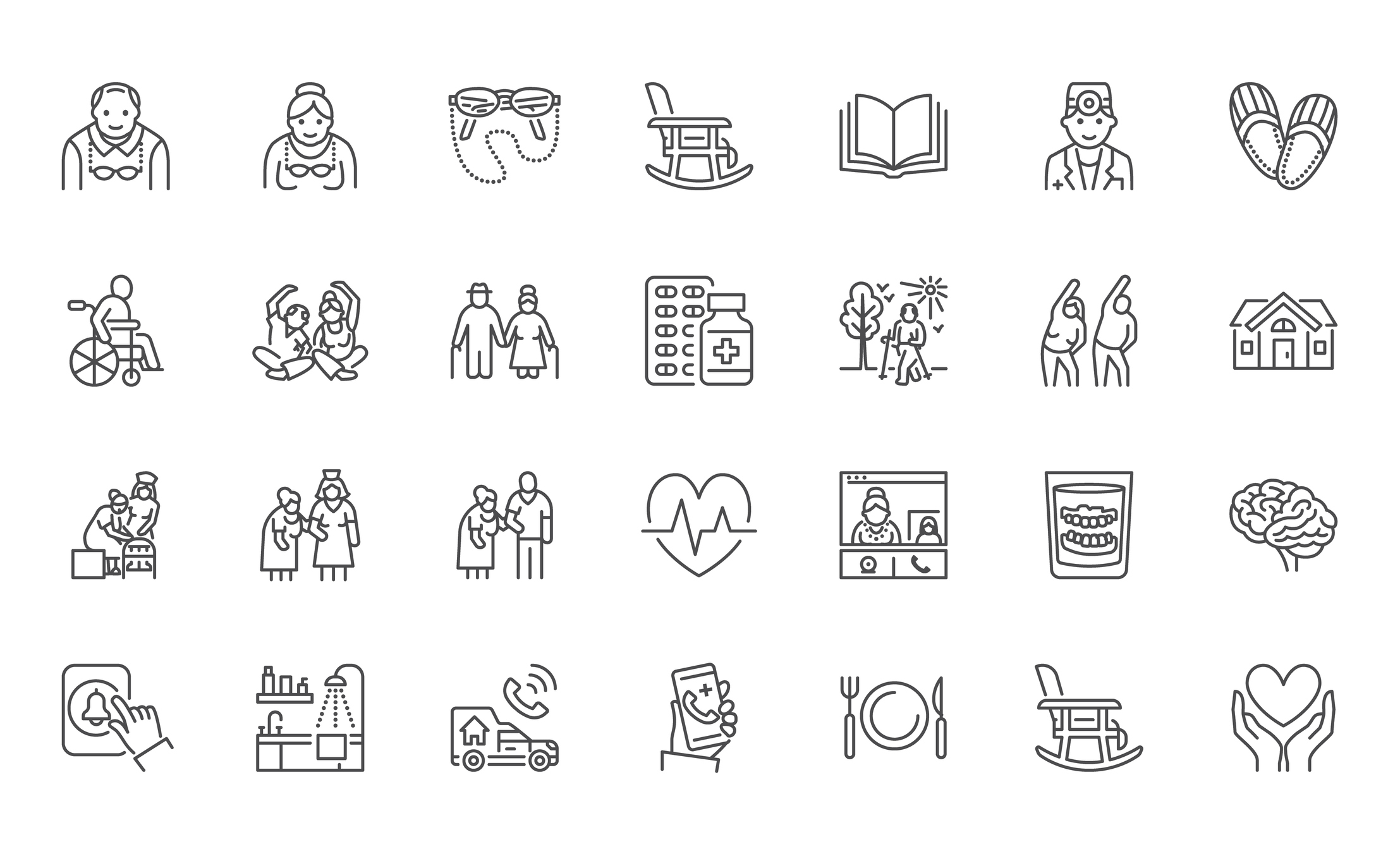We recently gave a webinar on how to develop and implement a best practice complaints management system, and thought we’d summarise the key points in this short blog post.
Complaints are a valuable feedback tool!
Receiving complaints can seem like a negative outcome for your service, but on the positive side, it can actually mean that you have a simple and accessible process for people to make complaints. Complaints are a valuable source of feedback on your services, and can help you identify areas in which your organisation can learn and improve.
To facilitate complaints and improve services, your organisation should have in place a complaints management system which:
- Cultivates a positive complaints culture in the organisation;
- Encourages and supports all complaints, feedback and suggestions;
- Integrates person-centred principles (e.g. supporting people to make a complaint, keeping them informed of the process and outcomes, and considering their desired outcome);
- Facilitates open communication with complainants, and within the organisation;
- Ensures every complaint is reflected upon to improve what could be done better next time; and
- Follows the principles of procedural fairness, impartiality and fairness.
The complaints management process
The following steps make up the complaints management process, from developing and documenting a policy and procedures, to investigating and reviewing the handling of a complaint.
- Develop, document and communicate the complaints policy and procedures. Make sure stakeholders are involved in the development of the policy, and it is understood by clients, staff and other stakeholders.
- Receive the complaint, listen to the complainant, clarify the issue/s and find out their desired outcome.
- Acknowledge the complaint and inform the complainant of how you will proceed.
- Assess the risk, priority level, and complainant’s desired outcome.
- Plan (if required) what information is needed for the investigation and how it will be obtained.
- Investigate (if required) the complaint, ensuring it is impartial, confidential and transparent.
- Respond to the complaint, explaining how you made the decision, and agree on a response with the complainant.
- Follow up with the complainant, see if they are satisfied with the response, and if not, refer them to the relevant external body for further support or investigation.
- Keep records in a secure and confidential location, for the specified retention period.
- Review data from complaints and analyse how the system could be improved.
Need help with these steps?
To guide your organisation through all of the above steps, we’ve recently updated our suite of complaints-related resources in the Reading Room, with new and updated information sheets, and template policies and registers.
- Complaint submission form template
- Complaint process tracking form template
- Complaint information sheet for clients template
- Complaint acknowledgement letter template
- Complaint response letter template
- Child safe complaints management policy template
- Complaints management policy template
- Complaints register
- Complaints management information sheet


